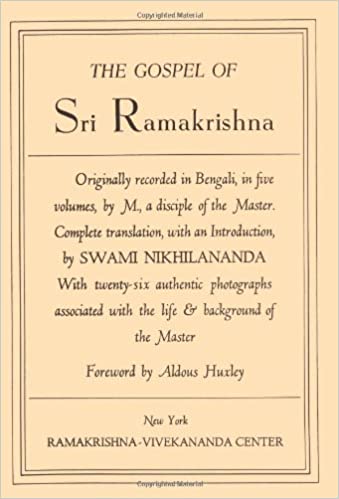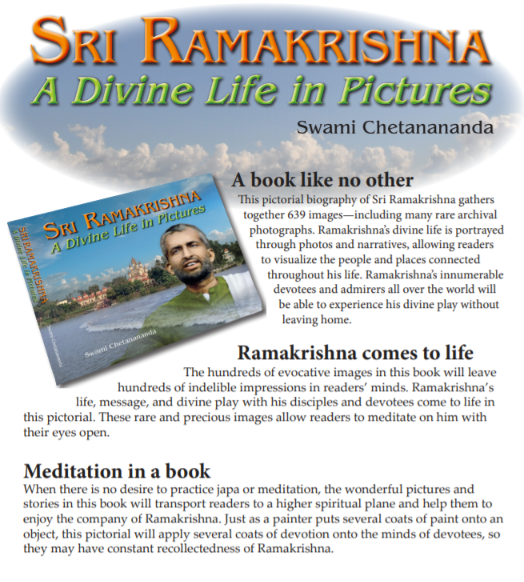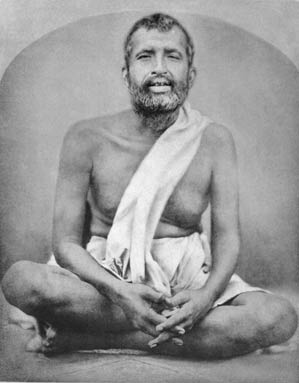Collection: Ramakrishna Books
View our collection of books on Sri Ramakrishna. We have included books written specifically about Sri Ramakrishna as well as books that he is frequently mentioned in.

We also offer the Ramakrishna Scholarship for those who are in financial need and would like to purchase any of our spiritual books at a discounted rate. You can email cs@thedevashop.com for details if you are interested.
-
Sri Ramakrishna: A Divine Life in Pictures
Regular price $39.95Regular priceUnit price / per -
Sri Ramakrishna and His Divine Play
Regular price $39.95Regular priceUnit price / per -
See God with Open Eyes: Meditation on Ramakrishna
Regular price $19.95Regular priceUnit price / per -
Ramakrishna as We Saw Him
Regular price $22.95Regular priceUnit price / per -
 Sold out
Sold outThe Gospel of Sri Ramakrishna
Regular price $39.95Regular priceUnit price / per -
How to Live with God
Regular price $19.95Regular priceUnit price / per -
Ramakrishna and His Disciples
Regular price $18.95Regular priceUnit price / per -
A Short Life of Sri Ramakrishna
Regular price $5.00Regular priceUnit price / per -
Vivekananda: East Meets West
Regular price $36.00Regular priceUnit price / per -
Kali, The Black Goddess of Dakshineswar
Regular price $22.95Regular priceUnit price / per -
Sri Sarada Devi: The Holy Mother
Regular price $8.95Regular priceUnit price / per -
A Guide to Spiritual Life
Regular price $10.95Regular priceUnit price / per -
Sarada Devi for Children
Regular price $3.95Regular priceUnit price / per -
The Story of Ramakrishna -for Children
Regular price $5.00Regular priceUnit price / per
















